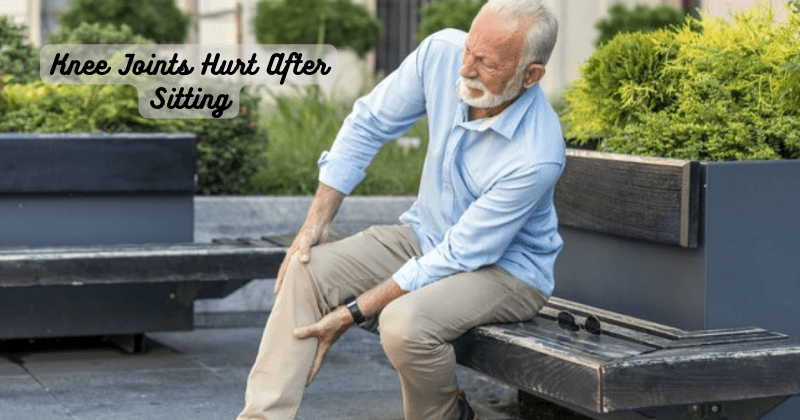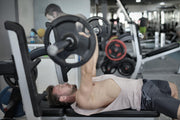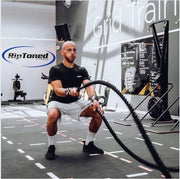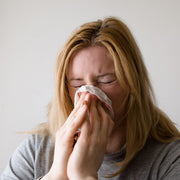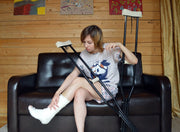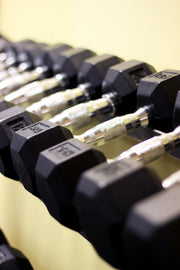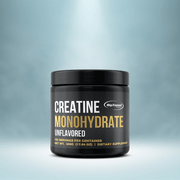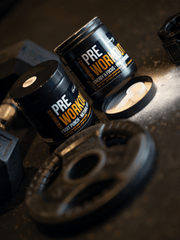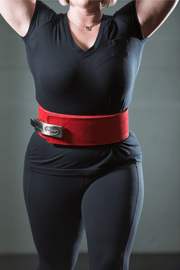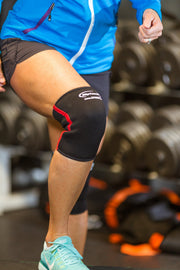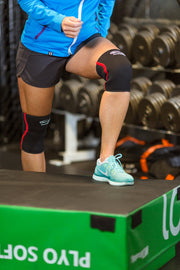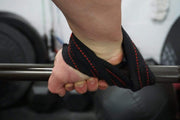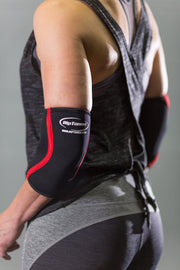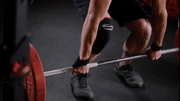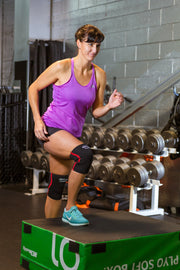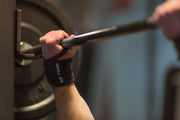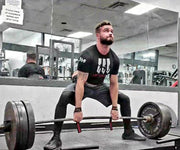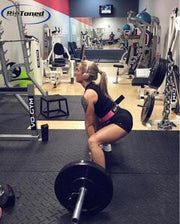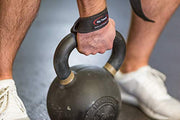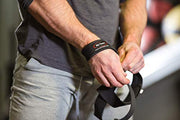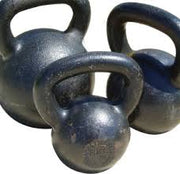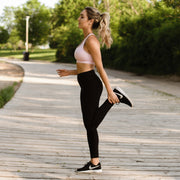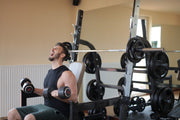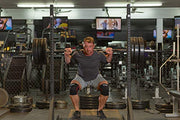Knee pain is a common problem that affects people of all ages. One of the most common reasons for knee pain after sitting is due to tight muscles and tendons around the knee joint. When we sit for long periods, these muscles and tendons can become stiff and cause discomfort when we stand up or move our knees.
Other causes of knee pain after sitting include arthritis, bursitis, and meniscus tears. It is important to understand the root cause of your knee pain in order to find relief and prevent further injury. In this article, we will discuss ways to alleviate knee pain after sitting and how to keep your knees healthy.
Causes of Knee Pain After Sitting
There are several reasons why your knees might hurt after sitting for a prolonged period. Some common causes include:
Tight muscles and tendons:
When we sit for extended periods, the muscles and tendons around our knee joint can become tight and stiff. This is because sitting restricts blood flow to these areas, causing them to become less flexible.
As a result, when we stand up or move our knees after sitting for a long time, these muscles and tendons can pull on the knee joint and cause pain. Additionally, sitting with poor posture can also contribute to tight muscles and tendons in the knee area.
It is important to take breaks from sitting and stretch your muscles regularly to prevent them from becoming too tight and causing discomfort.
Arthritis:
Arthritis is a common condition that causes inflammation of the joints, including the knees. This can lead to knee pain and stiffness, especially after sitting for long periods.
Two main types of arthritis can affect the knees: osteoarthritis and rheumatoid arthritis. Osteoarthritis is caused by wear and tear on the joints over time, while rheumatoid arthritis is an autoimmune disease that causes inflammation in the joints.
If you have arthritis in your knees, it is important to follow a treatment plan prescribed by your doctor and make lifestyle changes to manage the pain. This may include regular exercise, weight management, and wearing supportive shoes.
Bursitis:
Bursitis occurs when the small fluid-filled sacs (bursae) that cushion the bones, tendons, and muscles near the joints become inflamed. This can happen in the knees after sitting for long periods because the bursae can become compressed and irritated.
Common symptoms of knee bursitis include pain, swelling, and tenderness around the joint. In some cases, the affected area may also feel warm to the touch.
Treatment for bursitis may include rest, ice therapy, and over-the-counter pain relievers. In more severe cases, a doctor may prescribe physical therapy or corticosteroid injections to reduce inflammation.
Meniscus tears:
The meniscus is a piece of cartilage that cushions the bones in your knee joint. When this cartilage tears, it can cause pain, swelling, and stiffness in the knee.
Meniscus tears can happen after sitting for long periods because the joint becomes stiff and less flexible. As a result, when you stand up or move your knee, it puts more pressure on the meniscus and can cause it to tear.
Treatment for a meniscus tear may include rest, ice therapy, physical therapy, and, in some cases, surgery. It is important to seek medical attention if you suspect you have a tear in your meniscus.
How to Alleviate Knee Pain After Sitting
If you experience knee pain after sitting, there are several things you can do to find relief.
Firstly, make sure to take breaks from sitting and do some gentle stretching exercises to keep your muscles and tendons flexible. You can also try using ice or heat therapy to reduce inflammation and pain in the knee joint.
Additionally, maintaining a healthy weight and wearing supportive shoes can help alleviate pressure on the knees. If your knee pain persists, it is important to consult with a doctor to determine the underlying cause and develop a treatment plan.
Plus, practicing good posture while sitting and incorporating low-impact exercises such as swimming or biking into your routine can also help keep your knees healthy and prevent future pain. Remember to listen to your body and take breaks when needed to avoid discomfort from prolonged sitting.
Keeping Your Knees Healthy
Here are some tips for keeping your knees strong and healthy:
- Maintain a healthy weight to reduce pressure on your knee joints.
- Stay active and incorporate low-impact exercises into your routine to strengthen the muscles around your knees.
- Wear supportive shoes when engaging in physical activities or standing for long periods.
- Practice good posture while sitting, with your feet flat on the ground and your knees at a 90-degree angle.
- Take frequent breaks when sitting for extended periods and do some gentle stretching exercises.
- Listen to your body and avoid activities that cause pain or discomfort in your knees.
- Visit a doctor if you experience persistent knee pain to determine the underlying cause and receive proper treatment.
By following these tips, you can help prevent knee pain after sitting and keep your knees healthy for years to come. Remember to listen to your body and seek medical attention if you experience any chronic or severe knee pain.
Mistakes that Can Aggravate Knee Pain
While there are many ways to alleviate knee pain after sitting, there are also certain mistakes that can make it worse. These include:
- Sitting for prolonged periods without taking breaks.
- Engaging in high-impact activities without proper warm-up and stretching.
- Wearing unsupportive or ill-fitting shoes while standing or exercising.
- Ignoring persistent knee pain and not seeking medical attention.
- Overexerting yourself and not taking time to rest and recover.
- Not maintaining a healthy weight which can put excess stress on the knee joints.
By avoiding these mistakes and incorporating healthy habits into your lifestyle, you can help prevent knee pain and keep your knees strong and pain-free. Remember to listen to your body and take care of your knees just as you would any other part of your body.
Is Whey Protein Good for Knee Pain?
There is some evidence that suggests whey protein may help reduce inflammation and pain in people with knee osteoarthritis. However, more research is needed to determine the effectiveness of whey protein in alleviating knee pain.
Suppose you are considering adding whey protein to your diet. In that case, it is important to consult with a healthcare professional first, as it may interact with certain medications or have side effects for some individuals. Additionally, maintaining a balanced and nutritious diet overall is important for managing knee pain and promoting overall joint health.
Also, don't forget to stay hydrated by drinking plenty of water throughout the day. Proper hydration can help keep your joints lubricated and reduce stiffness and pain in the knees.
FAQs
What is patellofemoral pain syndrome, and how does it relate to knee stiffness after sitting?
Patellofemoral pain syndrome, often referred to as "runner's knee," is a condition characterized by pain in the front of the knee and around the kneecap. This pain can become more pronounced when you've been sitting for extended periods, leading to stiff knees after sitting.
Why does my knee discomfort increase after sitting in a particular position?
If you're experiencing knee discomfort after sitting, it may be due to maintaining a wrong or awkward sitting position for prolonged periods. This can put undue stress on your knee joints, especially if you already have conditions like patellofemoral pain syndrome or chronic joint inflammation.
Can physical therapists help with knee pain caused by sitting for long periods?
Yes, physical therapists can provide significant help with knee pain caused by prolonged sitting. They can guide you through exercises aimed at strengthening the muscles around your knee, which can alleviate some of the pressure on the joint.
What are some treatment options for a stiff knee after sitting?
Treatment options for stiff knees after sitting can range from lifestyle modifications to medical interventions. Physical therapists can provide exercises and stretches designed to improve flexibility and strength in the knee joint. Additionally, adopting proper sitting positions can help prevent knee stiffness.
Conclusion
Knee pain after sitting can be a common and bothersome issue, but there are many ways to relieve and prevent it. By making simple lifestyle changes, incorporating healthy habits, and seeking proper medical attention when needed, you can keep your knees strong and pain-free.
Plus, staying active and taking breaks from prolonged sitting can not only alleviate knee pain but also promote overall joint health. Remember to listen to your body, take care of your knees, and consult with a doctor if you experience persistent or severe knee pain. So, keep these tips in mind and say goodbye to knee pain after sitting for good!
Click here to try our best selling Knee Sleeves to help you protect your knees.

